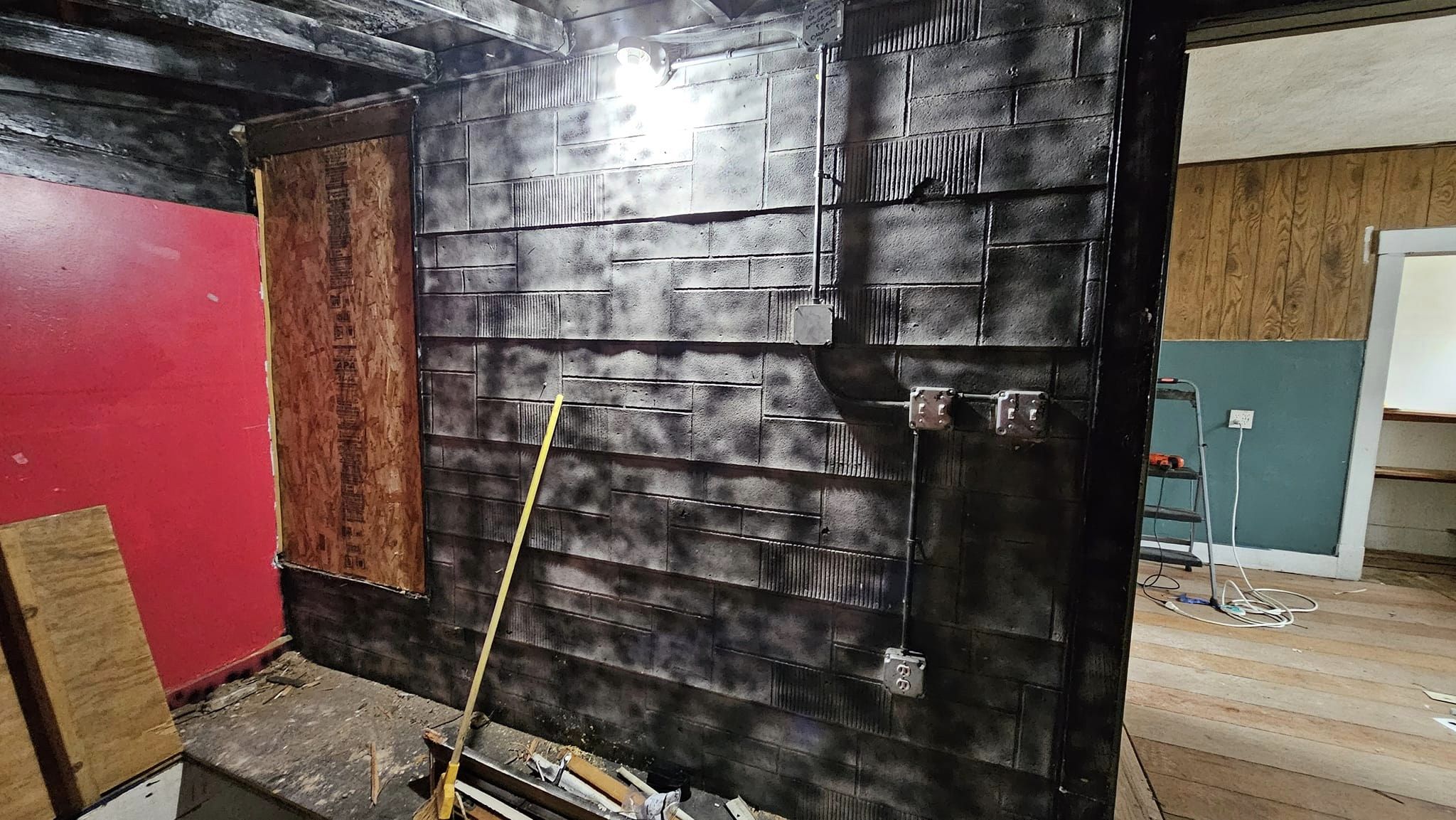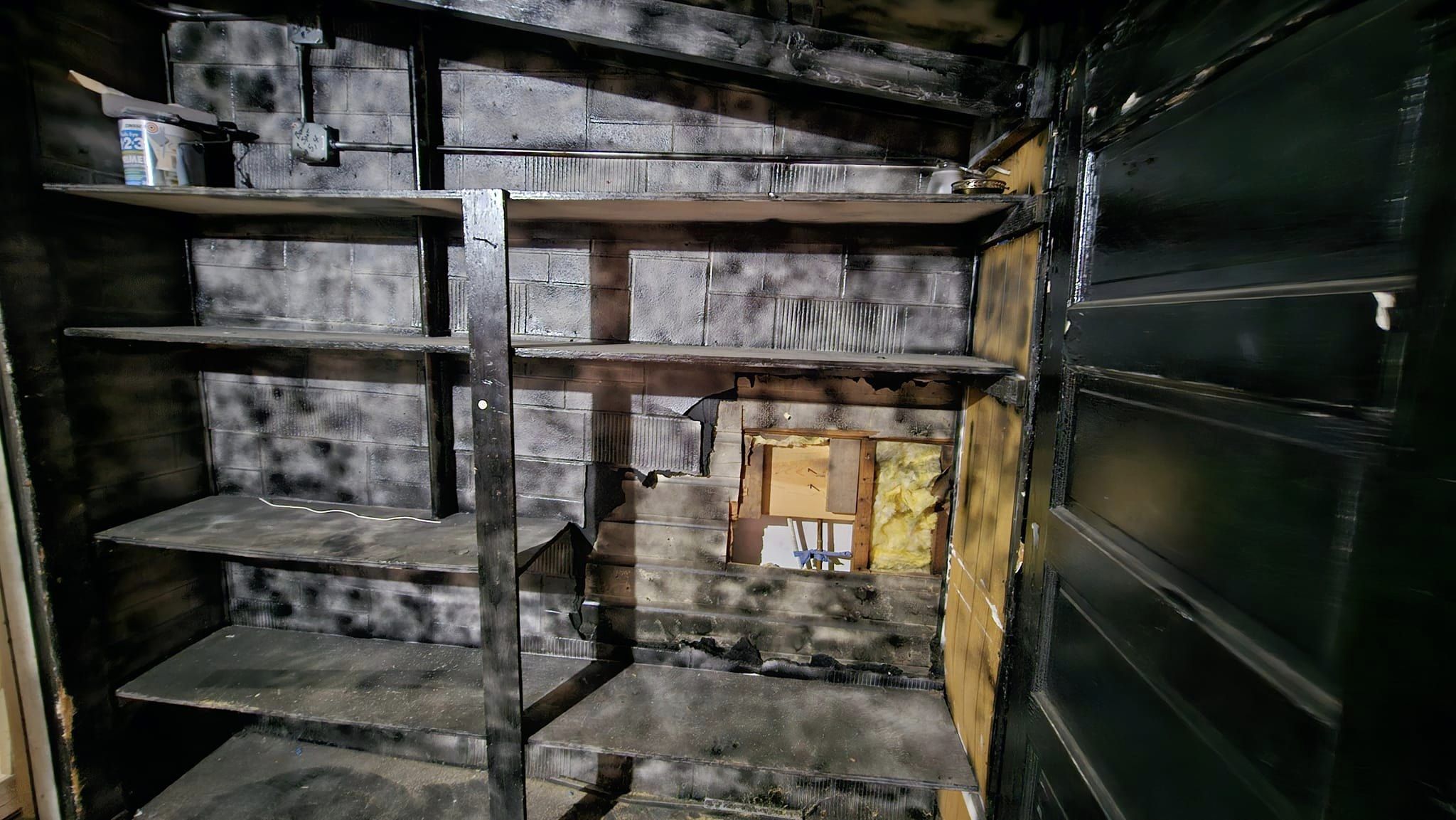What’s the best way to repair walls in a converted back porch to ensure it looks nice and won’t cause issues for future owners – leave the roofing material or remove it for drywall paneling?
I need some advice on how to spruce up the walls in this room. It’s actually an enclosed back porch that we’re turning into a main floor laundry as part of our plan to update and sell this house. The walls are a bit of a mess – someone decided to glue roofing material onto what I suspect used to be the exterior siding. It’s not fire or smoke damage, just a questionable design choice! I’m considering removing the roofing material to reveal the original siding, but there’s plywood underneath that won’t match and a hole from previous bathroom plumbing repairs. I want to make it look good and do it right for the next owner. Should I go with drywall or paneling? And should I leave the roofing material in place or take it off and add the new wall covering directly onto the siding?


I’m definitely not an expert, but I think that might be asbestos siding. I would cover it up or get someone to remove it professionally.
I had a contractor check out the roofing material to confirm it’s not asbestos siding. I’m okay with covering it, but I’m not sure what to use to make it look good and avoid any problems down the road.
Shiplap definitely seems like the most popular choice – it’s easy, affordable, and generally well-liked by many people!
Whatever you choose to do will definitely make things better.
Is right, it’s terrible!
Wow, this room reminds me of Freddy Kruger’s hideout.
1, 2, Freddy is on his way to get you
I’d figure it out and put up drywall.
Why not just remove everything and put up some drywall?
So, this is all an interior wall now? If that’s the case, strip it down to the studs and put up drywall. If you make it look nice, you’ll end up getting back the money you invested in it.
I agree with AJ on this one. Frame the wall so you have something every 16 inches to nail or screw into that’s on the same plane. Use half-inch drywall, tape, prime, paint, and enjoy knowing you didn’t have to remove all that stuff from the wall. By the way, that’s not plywood covering that area, it’s oriented strand board or OSB in construction terminology.